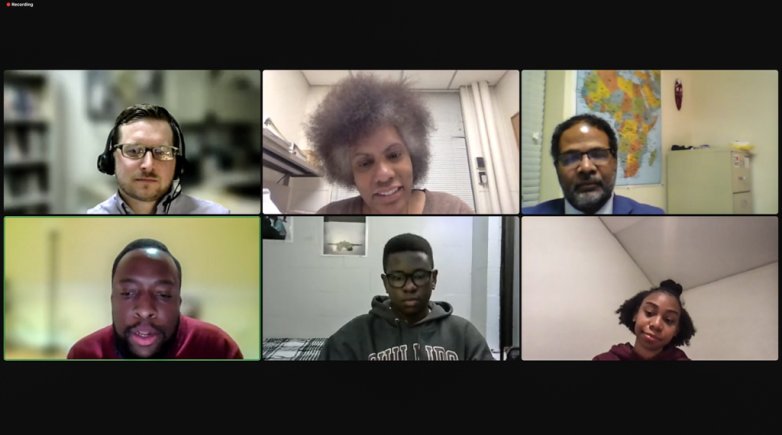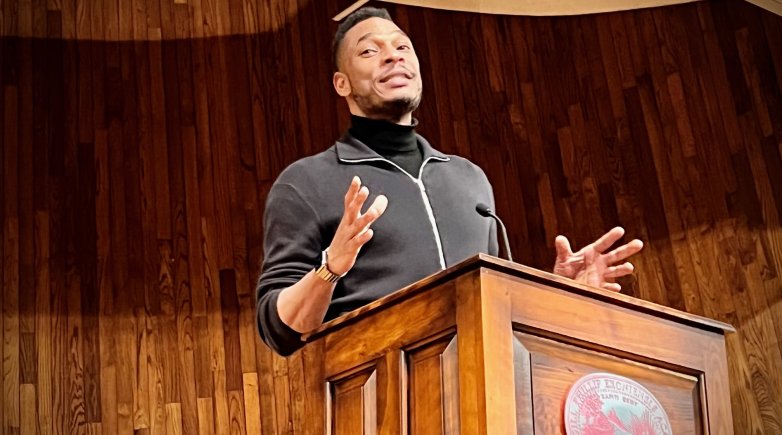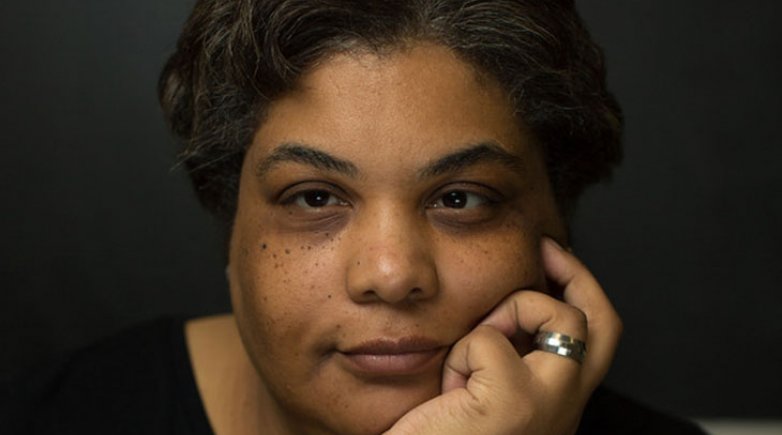Davis’s co-panelist Dr. Lamont Slater, who teaches history at Talladega College, sees the term “Negro” as outdated, but not necessarily pejorative. He uses it not only as a historical point of reference but also as a marker of a “prideful moment” in Black history, particularly during the Harlem Renaissance and the New Negro Movement of the 1920s and ’30s. “However, [“Negro”] can be looked at as negative as well, depending on the person's body language, and who's using it,” Slater added. He mentioned the notorious example of Senator Harry Reid, who observed in 2008 that his then-Senate colleague Barack Obama could potentially win the presidency because he was “light-skinned” with “no Negro dialect.”
So much about language in the classroom depends upon who is speaking, agreed a third panelist, Dr. Benjamin Wendorf of Quinsigamond Community College. As a white professor who teaches African and African American history, Wendorf says, “I'm not going to position myself as an expert on the people that we're covering in this history…I have to earn trust with students, especially Black students and students of color.”
All three panelists spoke of the difficulty of reading primary sources with students, many of which might contain language that is now considered offensive. They agreed that making efforts to prepare students beforehand so they know to expect sensitive content is crucial. Before they read negative references to Black people in historical texts, Slater said, he tries to present uplifting texts as a counterweight, including works like Maya Angelou’s I Know Why the Caged Bird Sings and The Warmth of Other Suns, Isabel Wilkerson’s history of the Great Migration.
During the Q&A, moderator E.J. Barthelemy ’23 asked a question from an audience member about what the panelists would direct a white student to do when reading a primary source quotation aloud in class that contains the word “Negro.” Should they voice the word, or simply leave a pause, and why?
"You have to know your audience," Slater answered, adding that teachers should have a clear plan on how they run their classroom in order to prepare for such moments. He explained how his own teaching methods draw on his experiences teaching in southern Africa and the traditional concept of ubuntu, which emphasizes our common humanity and interconnection.
Was reading aloud in class even necessary, OMA Dean Hadley Camilus wondered, given that everyone is looking at the same texts?
Slater and Wendorf agreed that they tend to avoid reading material aloud in class, though Wendorf added that in some instances, it might be necessary in order to get the full meaning of the work. He mentioned the influential 1897 essay “Strivings of the Negro People,” in which Du Bois described the “double-consciousness” he and other African Americans were experiencing at the end of the 19th century. “These are famous, classic phrases, and those sentences include the word ‘Negro’ within them," Wendorf said. "Or if you're looking at Langston Hughes poetry, for instance...it requires you to look at every single word of the poem...and it's meant to be read aloud.”
In the end, all agreed that maintaining awareness of and responsiveness to those around you was crucial for both teachers and students. “I always tell my students ‘Make sure that you’re attuned to the potential sensitivities of your classmates,’" Davis said of reading “Negro” or other such terms aloud. “I wish I could give more advice than that, but it's a tough one because it's such a complicated, nuanced issue.”



